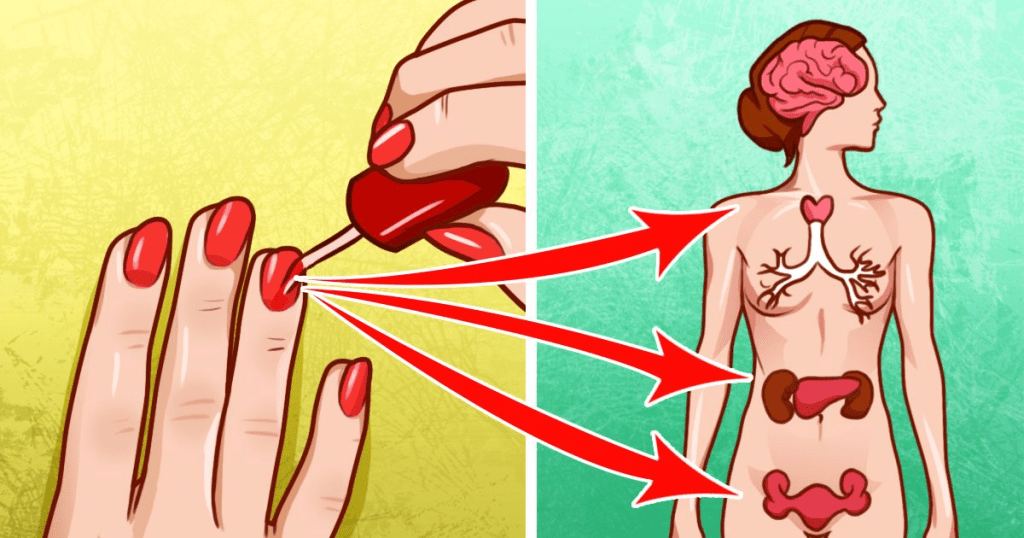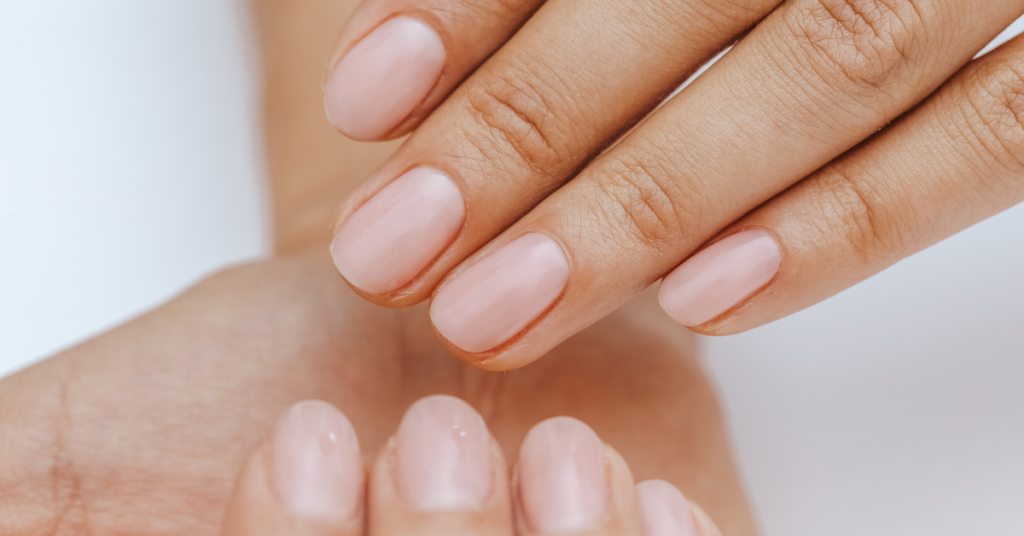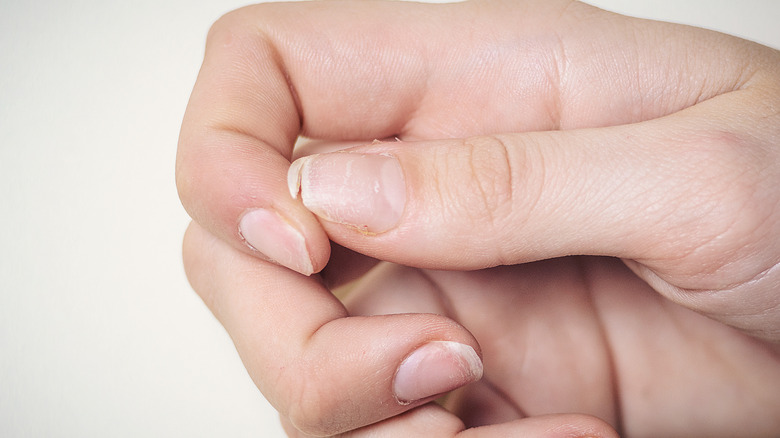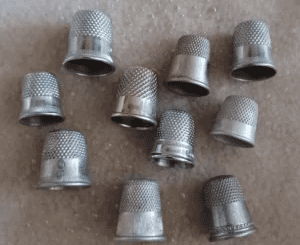A fresh manicure can be a great way to boost your mood and add a touch of fun to your daily routine. Whether it’s a glossy finish or a creative nail design, there’s something special about having your nails done. However, before you reach for that bottle of nail polish, it’s important to be aware of what you’re applying to your nails. Recent reports have raised concerns about the potential health risks associated with certain chemicals found in nail polish, especially for frequent users and nail salon workers.
In this article, we’ll explore the possible dangers of some nail polish ingredients and provide tips on how to enjoy your manicure safely.

The Hidden Dangers in Nail Polish
While nail polish might seem harmless, the reality is that some polishes contain chemicals that could pose health risks. According to a report released by the Pollution Prevention Branch of the California EPA, common ingredients in nail polish—such as dibutyl phthalate, toluene, and formaldehyde—can have adverse effects on our health. These chemicals are often referred to as the “toxic trio” because of the risks they pose.
1. Toluene
Toluene is a chemical used to keep nail polish ingredients from separating in the bottle. However, it’s also found in gasoline, and repeated exposure can lead to serious health issues. Toluene can affect the nervous system and reproductive health. Short-term exposure may cause headaches and irritation of the eyes and throat. In more extreme cases, chronic exposure can result in long-term nervous system damage.
2. Formaldehyde
Formaldehyde is added to nail polishes as a hardening agent, making the polish more durable. It’s also used to disinfect manicure and pedicure tools. However, formaldehyde is a known carcinogen, and repeated exposure has been linked to certain types of cancer. Long-term exposure to formaldehyde can also cause skin irritation and allergic reactions.
3. Dibutyl Phthalate (DBP)
Dibutyl phthalate is used to prevent nail polish from cracking and ensures a long-lasting finish. However, this ingredient is banned in some European countries due to its association with reproductive organ damage. Repeated exposure to DBP has been linked to developmental and reproductive health issues, especially when used in large amounts over time.
Why Salon Workers Are at Higher Risk
While casual users may not be exposed to these chemicals often enough to experience severe side effects, nail salon workers face a greater risk. Manicurists and pedicurists are regularly exposed to high levels of these harmful chemicals due to poor ventilation in many beauty salons. Constant exposure can lead to health problems, such as breathing difficulties, headaches, and even long-term damage to the nervous system or reproductive health.
The risk is magnified when workers spend hours every day in environments where fumes from nail polish, nail polish remover, and disinfectants accumulate.
Stay Safe: How to Reduce Your Exposure to Harmful Chemicals
Fortunately, there are steps you can take to reduce your exposure to the toxic chemicals in nail polish while still enjoying beautiful nails. Here are a few simple tips to keep in mind:

1. Choose Non-Toxic Nail Polishes
The easiest way to protect yourself from harmful ingredients is by switching to non-toxic nail polishes. Many brands are now producing polishes labeled as “3-free” or “5-free,” meaning they do not contain the toxic trio (toluene, formaldehyde, and DBP) or other harmful chemicals like formaldehyde resin and camphor. Brands such as Zoya, Butter London, and Ella+Mila offer high-quality, non-toxic polishes that are safe and eco-friendly.
2. Opt for Safer Salons
If you love getting your nails done at a salon, it’s essential to choose one that prioritizes safety. In some states, like California, certain salons are recognized for their efforts to use non-toxic products and improve ventilation to protect both customers and workers. Do a bit of research to find salons that have healthier practices, such as using non-toxic polishes and ensuring the space is well-ventilated. This will not only reduce your exposure to harmful fumes but also create a safer environment for the workers.
3. Take Breaks from Nail Polish
Your nails need a break every now and then. Wearing nail polish constantly can prevent your nails from breathing and may cause them to become brittle over time. Leaving your nails polish-free for a few days each month gives them time to recover and helps reduce your exposure to harmful chemicals. Plus, letting your nails breathe naturally is good for their overall health and strength.

4. Ensure Proper Ventilation
Whether you’re painting your nails at home or at a salon, it’s crucial to do so in a well-ventilated area. This helps disperse any harmful fumes from the nail polish and keeps the air around you safe to breathe. Open windows or use fans to ensure fresh air is circulating while you’re doing your manicure.
5. Be Mindful of Nail Polish Removers
Nail polish removers often contain acetone, which can be harsh on your nails and skin. Prolonged exposure to acetone can lead to dry, brittle nails. Consider using acetone-free nail polish removers that are gentler on your nails while still effectively removing polish.
Know When to See a Doctor
If you experience allergic reactions, such as redness, swelling, or itching around your nails after applying polish, it’s essential to discontinue use immediately and consult a healthcare professional. Persistent exposure to harmful chemicals can also lead to breathing difficulties or chronic headaches—in such cases, seeking medical advice is important to avoid further complications.
Conclusion: Prioritize Your Nail Health
While having beautifully painted nails can boost your confidence and mood, it’s essential to be aware of the potential risks associated with some nail polish ingredients. The good news is that by choosing non-toxic polishes, taking breaks from nail polish, and selecting safer salons, you can still enjoy manicures without compromising your health.
Before you apply your next coat of polish, consider the impact on your body and take steps to protect yourself. Beautiful nails shouldn’t come at the cost of your health—so make informed choices that keep both your nails and your well-being in mind.


